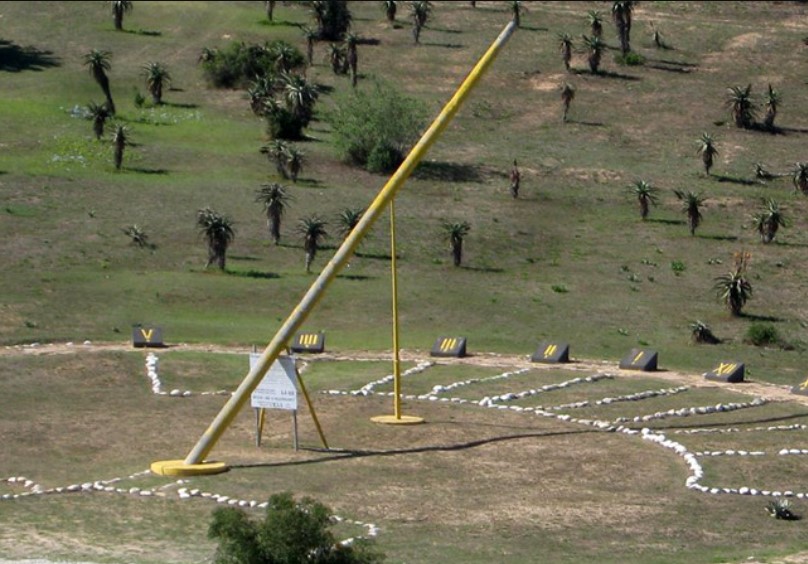
Hankey is the oldest Town nestled at the confluence of the Klein and Gamtoos Rivers, is a treasure trove of History and natural wonders. Part of the Kouga Local Municipality in the Eastern Cape, it offers a glimpse into South Africa’s rich heritage and agritourism delights. and probably best known because of its claim to the largest sundial in Africa that stands 18 metres high and weighs in at a ton. Hankey’s other claim to fame is the burial place of Sarah Baartman - now an icon for human rights, her life story is one of abysmal treatment during which she was cajoled into leaving her place of birth to be exhibited as a ‘freak’ in the UK and Europe. Years of negotiation with the French government finally culminated in her remains being returned to a burial place just outside Hankey, her final resting place - something of a victory for humanity and a symbol of freedom.
Hankey is one of four Towns that make up the Gamtoos Valley – an exceptionally beautiful part of the World that stretches up to Komdomo at the start of the Baviaanskloof Wilderness, now a World Heritage Site. The Town of Hankey lies surrounded by beautiful Hills and fertile Farming land, on route from Port Elizabeth to the Baviaanskloof - a route that also winds through Humansdorp and Patensie. The Baviaanskloof is literally a Kloof along which a road crosses a series of at least 100 low water crossings through a 192 000 hectare conservation Area that is Home to an incredible diversity of habitats and species.
On August 9, 2002, Women’s Day, dignitaries from Government, leaders of the Khoi community and others, gathered at Vergaderingskop, a Hill overlooking Hankey, a small Town in the Eastern Cape. They were there for the interment of one of the daughters of the soil. It was a dignified event, like the funeral of a high-flying politician, buried at this beautiful spot overlooking the Town. But this was the final resting-place of Sarah Baartman, an ordinary Khoi woman, born along the Gamtoos River in Hankey.
Sarah Baartman, experienced human trafficking, public display, ridicule, shame, mockery and dehumanisation. She was on demeaning public display from 1810 in London until her death in Paris on December 29,1815. Her dignified burial many years later in Hankey restored, after more than two hundred years, her individuality and her dignity and was a rebuke of the system that had turned her into an exhibit. Her burial was a victory of humanity over a deep Historical injustice!
A VISITORS REVIEW: "We stopped at Hankey for a family picnic, so we didn't stay longer than an afternoon, but it was pretty and had a charm about it!"